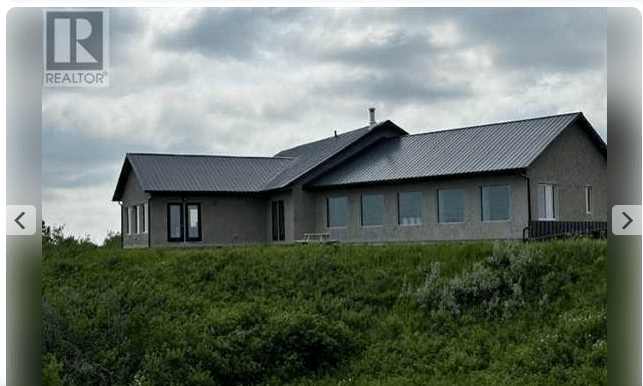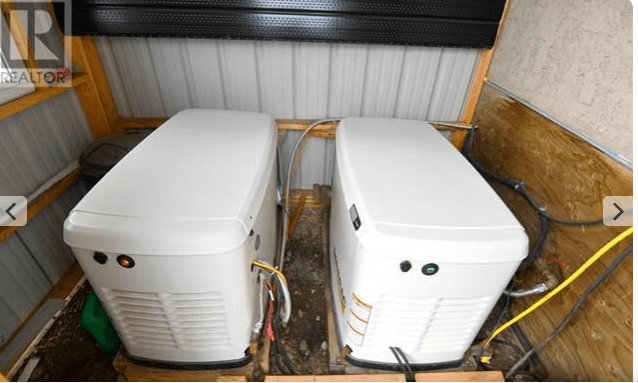stevenal
Electrical
- Aug 20, 2001
- 3,848
Situation:
Utility customer meter is occasionally registering reverse power flow and PV panels are visible on the property. The customer has not gone through the net-metering approval process, so the utility has no record of the installation or knowledge if NRTL products were used, what standards were used, or if the AHJ has had a look at it.
The customer claims the PV system is isolated and has no desire to sign up for net-metering. The utility is reluctant to perform any checking on the customer side of the meter.
My first concern is regarding lineman safety, who might think lines were de-energized when not. Utility says the linemen test and ground without fail, so there is no concern here.
My next concern is for the customer. What happens if the inverter continues to operate in island mode during an outage and is out of sync when power is restored? While I’m aware that such occurrences are hard on synchronous machines, what happens to electronic inverters?
Any guidance is appreciated. Happy Independence Day.
Utility customer meter is occasionally registering reverse power flow and PV panels are visible on the property. The customer has not gone through the net-metering approval process, so the utility has no record of the installation or knowledge if NRTL products were used, what standards were used, or if the AHJ has had a look at it.
The customer claims the PV system is isolated and has no desire to sign up for net-metering. The utility is reluctant to perform any checking on the customer side of the meter.
My first concern is regarding lineman safety, who might think lines were de-energized when not. Utility says the linemen test and ground without fail, so there is no concern here.
My next concern is for the customer. What happens if the inverter continues to operate in island mode during an outage and is out of sync when power is restored? While I’m aware that such occurrences are hard on synchronous machines, what happens to electronic inverters?
Any guidance is appreciated. Happy Independence Day.


